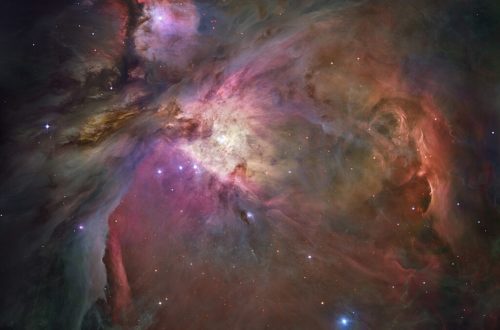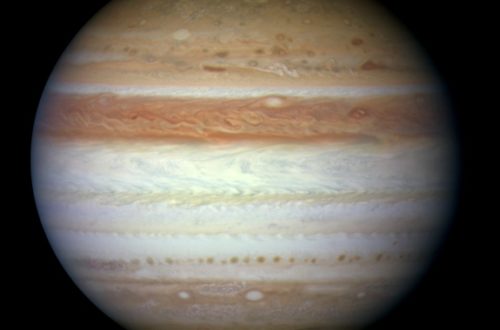Solar Eclipse 2017 – Important Facts That Everyone Should Know

The twenty-first of August is fast approaching and the excitement around the total solar eclipse is building rapidly both in scientific communities and the lay public. Touted as perhaps the biggest scientific event of the decade; millions of people in America will have the matchless opportunity of viewing a total solar eclipse. Some important facts that underline the essence of this amazing natural event:
A Rare Opportunity for Americans
The 2017 solar eclipse will be the first one after 38 years in the continental USA. The previous one that took place on February 26, 1979, did not have much of an audience because it touched only five Northwest states, and the weather too played spoilsport. The one prior to that was on March 7, 1970, and the next show is scheduled for 2024.
Good to Be In the Dark
Solar eclipses occur when the moon gets in the way of the Sun shining on the Earth and casts its shadow. If you happen to be in the shadow’s dark part you will see the Sun being completely obscured by the moon, but if you are in a region away from that, you will witness a partial eclipse. For obvious reasons, a solar eclipse can only happen at New Moon but doesn’t occur at every New Moon because of the tilt of the moon’s orbit around the Earth. Witnessing a solar eclipse is earth-shattering only when the eclipse is total because only then you get to see the glorious corona of the Sun, and the stunning Diamond Ring effect, not to speak of stars sparkling during daytime and the sky becoming strangely colored.
The lengths of totalities of different eclipses differ because of the varying distance of Earth from the Sun and the moon. There is a variance of 3% in the Earth-Sun distance and of 12% in Earth-Moon distance. This means that the apparent diameter of the moon can lie anywhere between 10% smaller to 7% larger than the Sun.
The Center Line Is the Place to Be
Since the shadow of the moon is round, the eclipse is the longest at its center line and all people on the center line will experience the totality of the eclipse for the same duration. The solar eclipse 2017 center line passes through as many as 10 states; Oregon, Idaho, Wyoming, Kansas, Missouri, Illinois, Kentucky, Tennessee, Georgia, and finally, South Carolina. To see the eclipse before anyone else in other parts of America, you will need to be in Oregon’s Government Point waterfront. The totality lasts 1 minute, 58.5 seconds there. To experience the longest totality of 2 minutes and 40.2 seconds you should travel to Giant City State Park, Illinois.
Conclusion
The 2017 eclipse is sure to be the most-viewed ever because of multiple reasons. The geographical coverage involved together with the excellent highway infrastructure that will help people to get to the most optimum viewing places and the huge media attention being primary reasons. Being aware of the facts will enhance the quality of your experience.
Would you like to receive similar articles by email?





